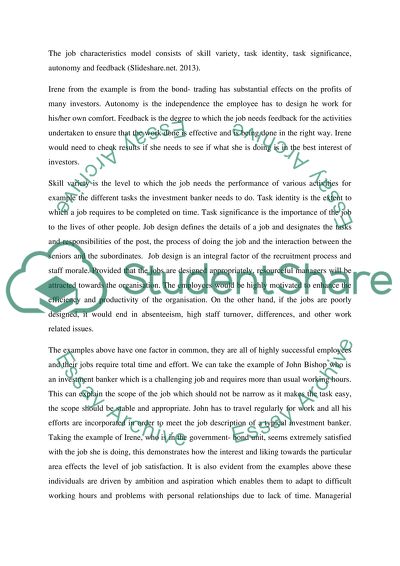Cite this document
(“FACTORS OF JOB SATISFACTION Essay Example | Topics and Well Written Essays - 2750 words”, n.d.)
FACTORS OF JOB SATISFACTION Essay Example | Topics and Well Written Essays - 2750 words. Retrieved from https://studentshare.org/human-resources/1488718-you-create-the-title-please
FACTORS OF JOB SATISFACTION Essay Example | Topics and Well Written Essays - 2750 words. Retrieved from https://studentshare.org/human-resources/1488718-you-create-the-title-please
(FACTORS OF JOB SATISFACTION Essay Example | Topics and Well Written Essays - 2750 Words)
FACTORS OF JOB SATISFACTION Essay Example | Topics and Well Written Essays - 2750 Words. https://studentshare.org/human-resources/1488718-you-create-the-title-please.
FACTORS OF JOB SATISFACTION Essay Example | Topics and Well Written Essays - 2750 Words. https://studentshare.org/human-resources/1488718-you-create-the-title-please.
“FACTORS OF JOB SATISFACTION Essay Example | Topics and Well Written Essays - 2750 Words”, n.d. https://studentshare.org/human-resources/1488718-you-create-the-title-please.


